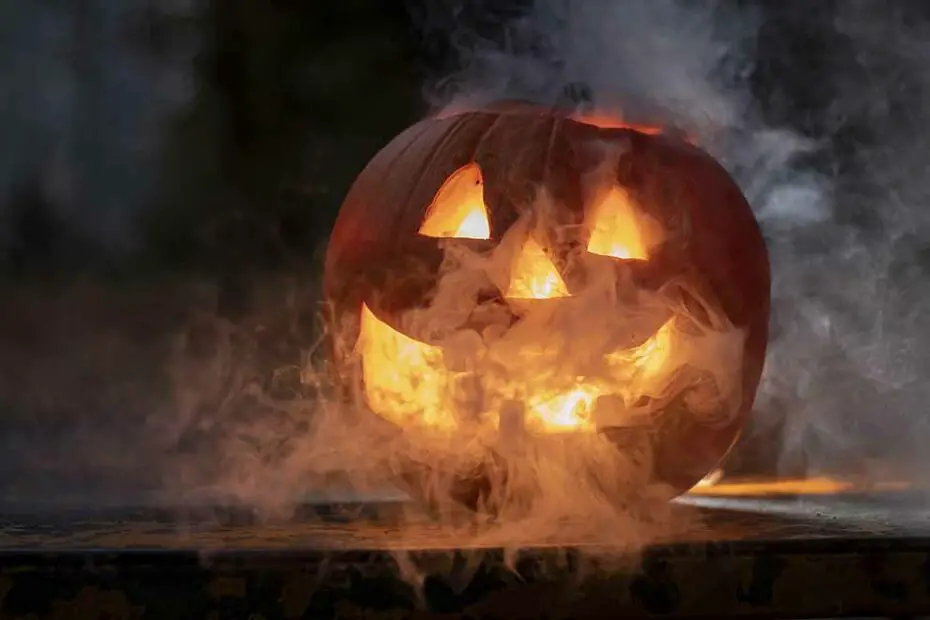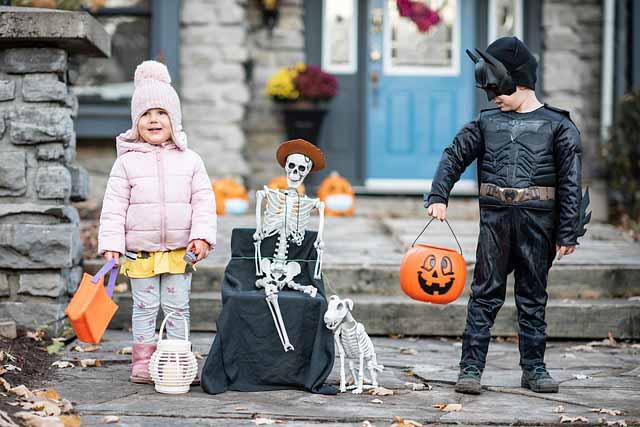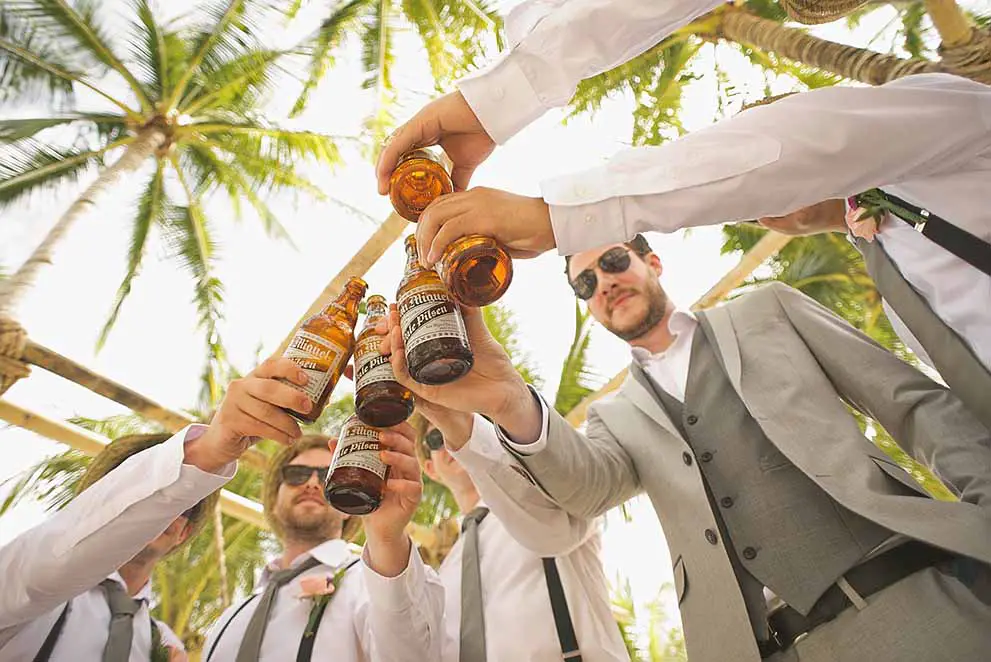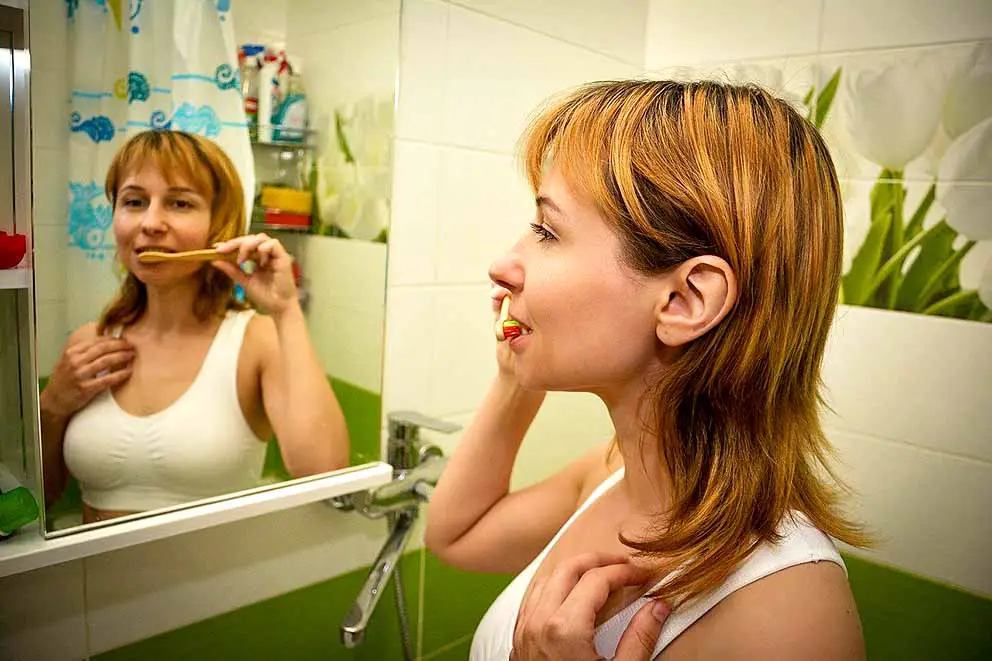Have you ever wondered how Halloween is celebrated in Spain? Like in many countries where Halloween is not a part of the cultural traditions, the Spanish celebrations are a mixture of Spanish traditions and the Halloween elements that have been incorporated from America and Britain.
Halloween in Spain
Other than in most countries, there is not just one single night of traditions and parties. Traditionally, there is a three-day celebration that starts on October 31st and also covers the first and second days of November. The first of these three days, the day on which Halloween also falls, is called “Día de las brujas” (Day of the Witches).
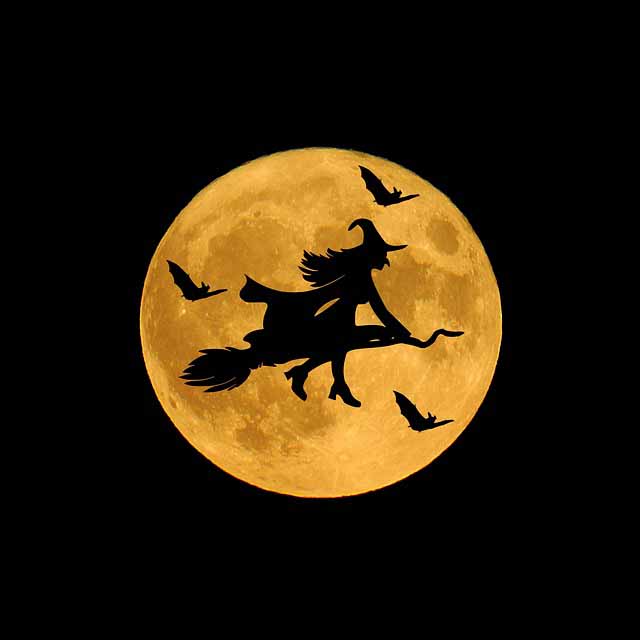
In Galicia, this night is also called “Noite dos Calacús” (Night of the Pumpkins), a name that refers to the pumpkin decorations everywhere. Because Celtic traditions have a stronger presence in Galicia than in the rest of Spain, Halloween holds a special place there. Halloween parties, trick-or-treating, bonfires, and costumes are more popular there than elsewhere in Spain. A special ritual in Galicia is a drink called quemada – this is a strong alcoholic drink that contains pumpkin and is usually drunk after reciting a spell.
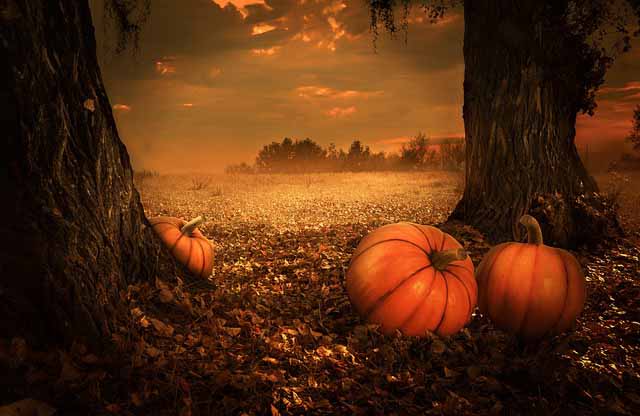
In Spain, the celebrations don’t stop after the 31st of October, they have just started! The 1st of November is “Día de Todos los Santos” (All Saint’s Day) and the 2nd of November is called “All Souls Day.” In Mexico on the other hand the 2nd of November is “Día de los Muertos”, the Day of the Dead that many people know thanks to the tradition of the beautiful and unique skull makeup. While “All Souls Day” has a quiet, reflective mood, the Mexican “Día de los Muertos” has the character of a colorful and vibrant party. Whole families go the cemeteries, where they eat, drink and kids play between the graves. The adults decorate the gravestones with flowers, food, and candles to honor their dead family members. Some other areas in Latin America have a similar tradition.
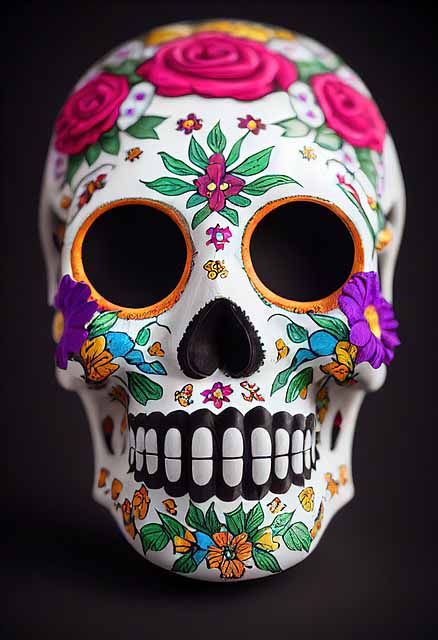
Image by Brian Penny from Pixabay
Whether in Mexico or in Spain, these three-day festivities show a different relationship to the dead than Halloween has. The costumes of witches, ghosts, and other creatures that people wear on Halloween are traditionally supposed to scare the dead away because, on this night, the veil between the worlds between the dead and the living is said to be especially thin. In the Spanish tradition, on the other hand, the dead are not supposed to be scared away. Instead, they are honored and celebrated.
During these times people in Spain celebrate the people they have lost. On the “Día de Todos los Santos”, families go to the cemeteries and visit the graves of their lost family members and ancestors. They decorate the gravestones and have picnics. This is an occasion full of nostalgia, but also happiness and community, as food and drink are shared and music is played. This shows cemeteries, which are such quiet places during the rest of the year, in a really different light.
¡Feliz Halloween! – Happy Halloween in Spanish
This Spanish tradition actually pre-dates the incorporation of Halloween elements, but today many things that people in other countries do on Halloween, are done on the “dia de las Brujas”, too. For the 31st of October, spooky costumes have become popular, as well as carving pumpkins and using them as decoration during the month.
As in other countries, children also go from house to house and ask for candy. Instead of “trick or treat” they say it in Spanish, of course: “truco o trato.” As Halloween isn’t a traditional Spanish holiday, it doesn’t have a traditional name either. So, if you want to wish someone a happy Halloween in Spanish, you do so by simply saying “!Feliz Halloween!”
And they may reply by saying “¡Feliz halloween a ti también!” (A happy halloween to you too!)
